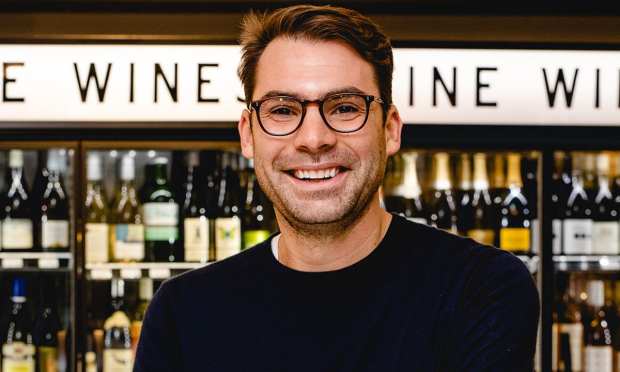Hybrid C-Store Model Builds Neighborhood Connection with Consumers

The delivery space has exploded in the last year, with customers turning to remote, safe-from-home commerce options at unprecedented levels. Major retailers have added new delivery options, while new delivery services have entered the crowded space with their own approaches to eCommerce. For pre-pandemic companies with delivery already at the core of their business model, the past year has provided an enormous growth opportunity.
For digital-native convenience store Foxtrot Market, for instance, the success of the past year has given the company a chance to grow its footprint and expand into new markets. This expansion will be powered by its recent $42 million Series B fundraise, which will enable the company to “doubl[e] down on what we’ve been doing over the past couple of years,” the company’s Founder and CEO Mike LaVitola told PYMNTS in a recent interview.
“[The fundraise] certainly allows us to expand into new markets with new stores,” he added. “So we’re doubling store count this year. We just opened up Washington, D.C. about two weeks ago, which is really exciting, and then it allows us to invest in our digital channels as well as continue to develop our private label.”
The Hybrid C-Store Model
“When we launched about seven years ago the idea was that there’s lots of interesting things happening in restaurant delivery and grocery delivery, but convenience was sort of a forgotten space, both in terms of online penetration and also the actual merchandising behind it,” LaVitola explained.
The brand began as an online-only company focused on providing 60-minute deliveries of traditional C-store merchandise categories, “but with a much more curated and local take.” Then, about five years ago, the company began establishing its brick-and-mortar presence. There are now 12 brick-and-mortar locations “with a lot more coming,” noted LaVitola.
This hybrid model allows the company to get a more comprehensive picture of its consumers than it would get from online data alone. “We know what our customers like in-store, and so we’re able to offer them better and more relevant products online,” said LaVitola. “One major advantage we have is that we … run our own digital properties, so rather than use third-party aggregators, our digital channels … are all run by us. That means we’re able to merchandise the site any way that we want, and control the look and feel of the digital properties to marry that design aesthetic to what our customers see in real life.”
The brick-and-mortar convenience stores also allow Foxtrot to be “deeply embedded in our neighborhoods,” offering a “sense of hospitality that you don’t typically find in retail.” That physical presence also enables the company to build relationships with consumers on a more direct, emotional level.
Stocking The (Traditional And Virtual) Shelves
In the increasingly crowded delivery space, Foxtrot sets itself apart with its curation. Rather than competing with, say, DashMart or Uber Eats’ convenience store offerings, the company is much more focused on local offerings and smaller vendors.
In first determining these offerings, LaVitola explained, “We looked to some of the incumbents to figure out which categories resonated the most with customers in a convenience setting — so beverages, beer, wine, snacks, coffee, candy, all that kind of stuff — and then we went in and essentially remerchandised it with our favorites.” These favorites included “new national brands launching interesting things in the space,” as well as “highly local favorites.”
To determine in which categories to opt for which kinds of brands, LaVitola reflected, “We let the data guide us to figure out where customers wanted to really support local and where they wanted to experiment with different brands or formats entering the space, and it’s been kind of a constant process since then.”
The Future Of C-Store Delivery
Since Foxtrot’s founding, the delivery C-store space has become significantly more crowded, with older convenience stores offering more delivery options and new competitors entering the fold, and delivery has “become a much more everyday part of customers’ lives,” said LaVitola.
Since the start of the pandemic, he noted that the “local artisans that we highlight on our platform” have been “really over-indexing compared to the national competitors, which was not the case pre-pandemic.” He attributes this change to “people just realizing how fragile small businesses are,” and realizing that “if they want to see them exist, they need to support them.”
Going forward, the company is “really vying for the customers’ omnichannel relationship,” of which a “critical component” is “meeting them in their local neighborhoods.” Given this view, LaVitola’s prediction for the future of convenience store delivery space naturally follows: “We do believe that pairing the delivery use case with a really strong retail connection will be the way to go into the future.”